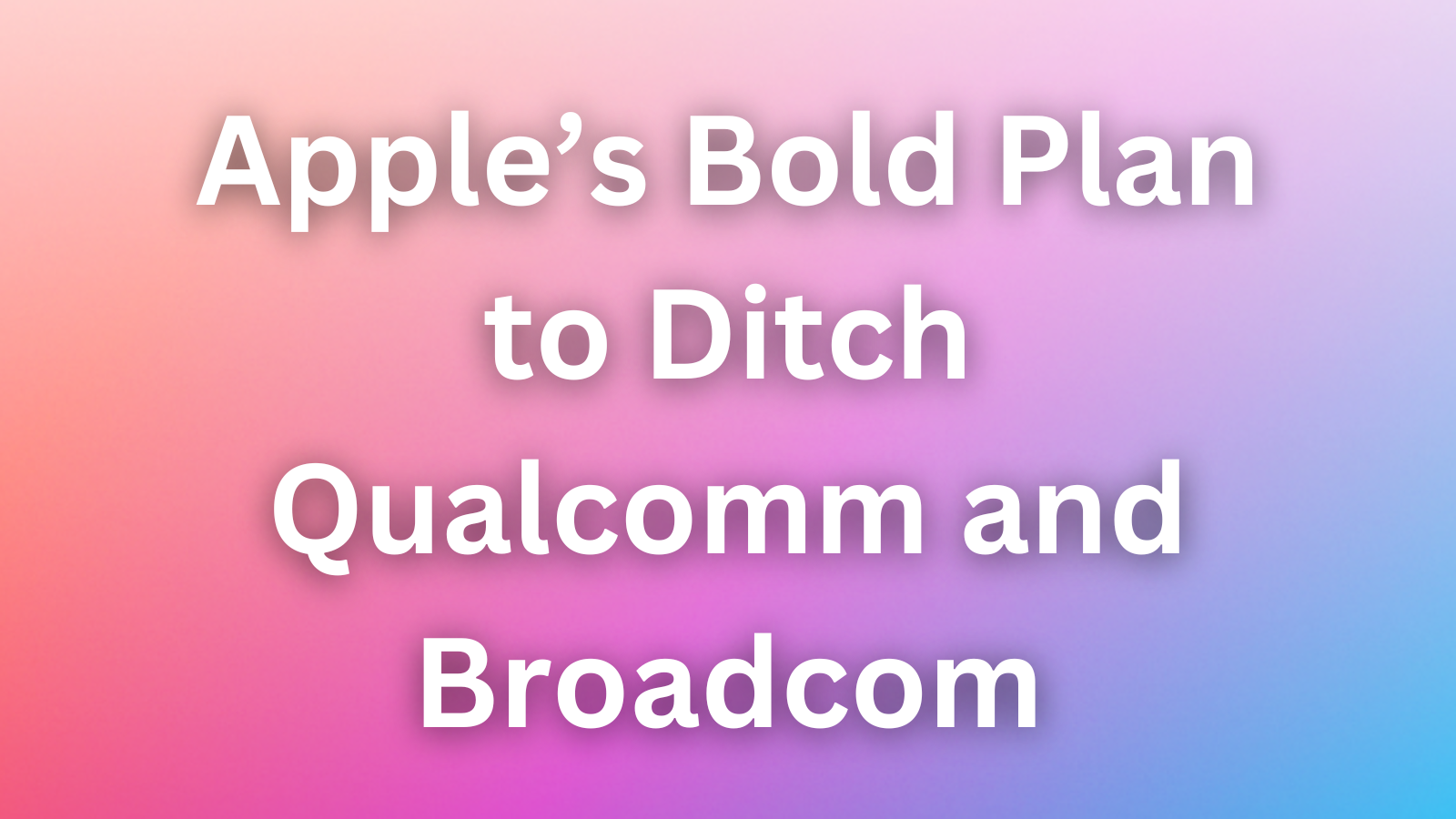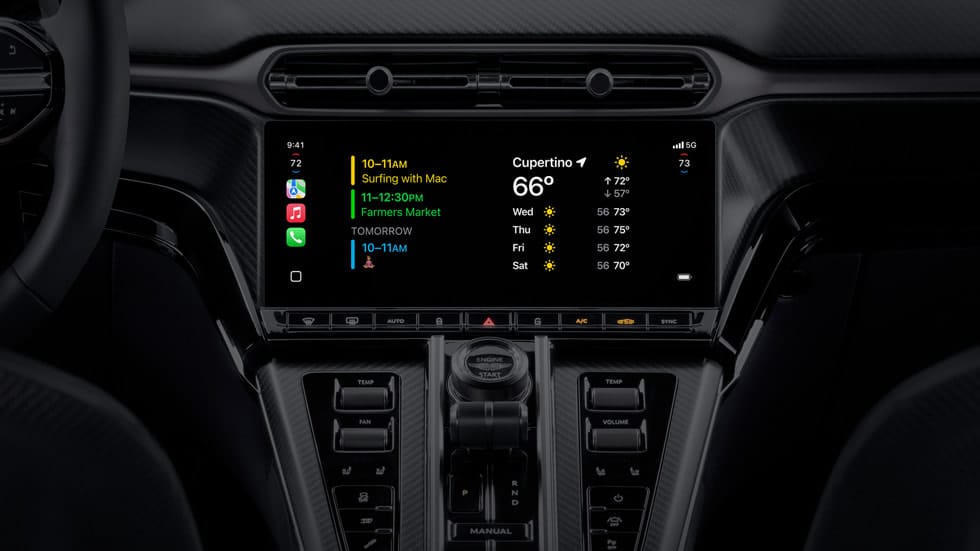Is Apple’s Bold Plan to Ditch Qualcomm and Broadcom the Future of iPhone Innovation?

Apple’s Chip Revolution 2.0: From Silicon to Satellite Connectivity
In 2020, Apple shocked the tech world by ditching Intel for its own M1 chips—a move that redefined laptop performance. Now, the company is aiming even higher stakes: replacing Qualcomm and Broadcom with in-house cellular and networking chips. If successful, this could reshape the iPhone’s DNA. But can Apple pull it off twice? Let’s dive in.
🌍 The Problem: Why Apple Wants to Break Free
Apple’s reliance on third-party chips has long been a thorn in its side. Here’s why the shift matters:
- Qualcomm’s Dominance: Apple paid $7.2B to Qualcomm in 2023 for modems, despite a rocky legal history.
- 5G Limitations: The current C1 modem (iPhone 16e) lacks mmWave support and lags behind Qualcomm’s X75 in carrier aggregation.
- Broadcom’s Lock: Broadcom supplies Wi-Fi/Bluetooth chips for 350M+ annual Apple devices, costing ~$15 per unit.
- Innovation Bottlenecks: Outsourcing limits Apple’s ability to integrate hardware and software seamlessly.
✅ The Solution: Apple’s Three-Part Roadmap to Independence
Apple isn’t just iterating—it’s rebuilding the iPhone’s connectivity from scratch:
- C2 Modem (2026) ✅
Codenamed Ganymede, this modem adds mmWave, 6Gbps speeds, and six-carrier Sub-6 aggregation. Debuts in iPhone 18. - C3 Modem (2027) ✅
Prometheus aims to surpass Qualcomm with AI-driven performance and satellite network support. Targets iPhone 19. - Proxima Networking Chip (2024) ✅
Wi-Fi 6E chip launching in HomePod mini and Apple TV this year, then iPhone 17. Could save Apple $3B annually vs. Broadcom. - Full Integration (2028) ✅
Combining modem and A-series chips into one package for efficiency gains and cost savings.

⚠️ The Challenges: Why This Isn’t a Sure Bet
Apple’s track record with modems is… complicated:
- Technical Hurdles 🚧
Qualcomm holds 3,000+ 5G patents. Matching their mmWave expertise took Apple 5+ years of R&D. - Consumer Expectations ⚠️
Early C1 modem reviews note 12% slower upload speeds vs. Qualcomm in weak signal areas. - Broadcom’s Stronghold 🚧
Their Wi-Fi 7 chips (2025) could outpace Apple’s Proxima before it even scales. - Integration Risks ⚠️
Combining modem and SoC requires flawless thermal management—a challenge that doomed Intel’s 5G efforts.
🚀 Final Thoughts: A High-Stakes Game of Chip Poker
Apple’s gamble could pay off spectacularly if:
- 📈 C3 modems match Qualcomm’s 2027 benchmarks
- 🤝 Proxima enables new ecosystem features (think AirDrop 2.0)
- 🛰️ Satellite connectivity becomes a killer iPhone feature
But one misstep could mean iPhones lagging in 6G readiness by 2030. As a tech fan, I’m thrilled by the ambition—but would you trust Apple to handle your iPhone’s cellular future alone?
Let us know on X (Former Twitter)
Sources: Michael Burkhardt. Apple wants to take control of the chips used in your iPhone: Here’s whats on the roadmap, May 4 2025. https://9to5mac.com/2025/05/04/apple-taking-control-of-iphone-chips-in-house-modems/










